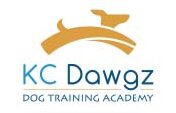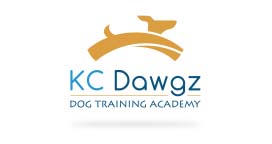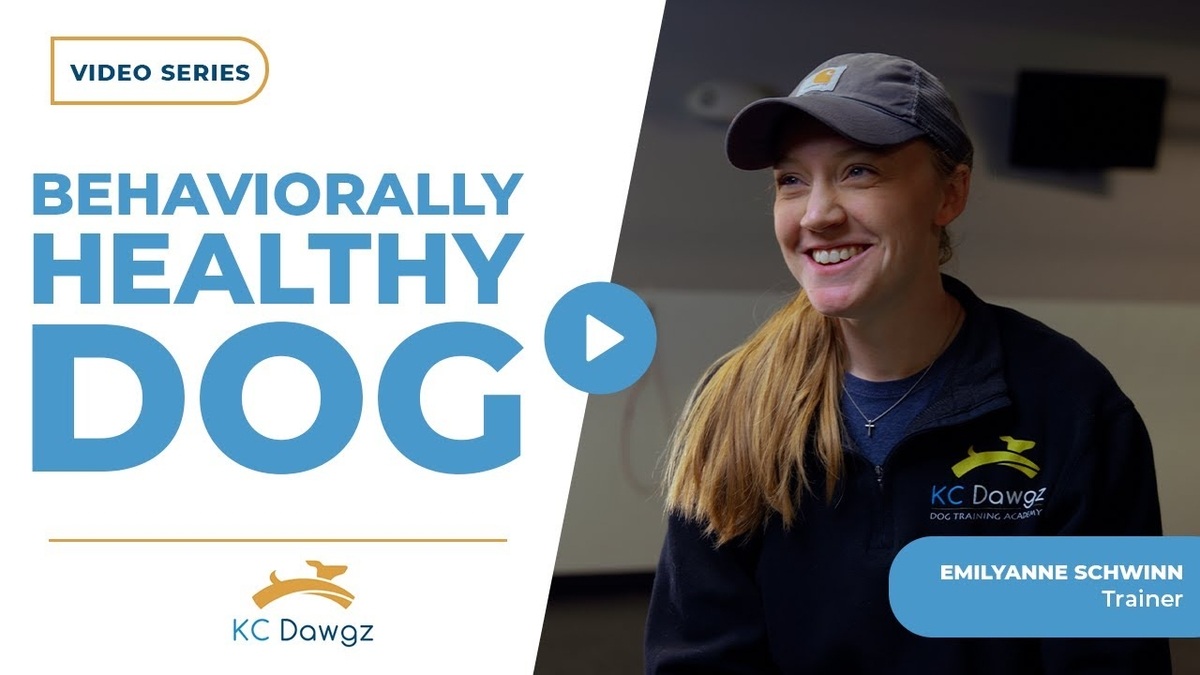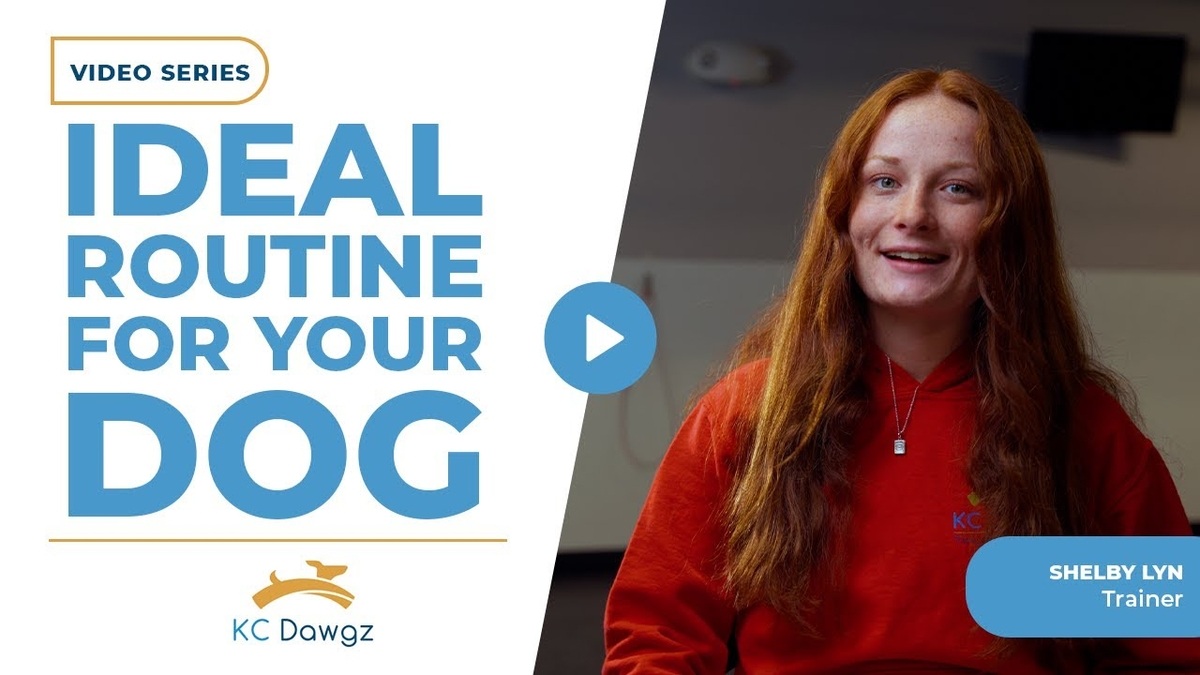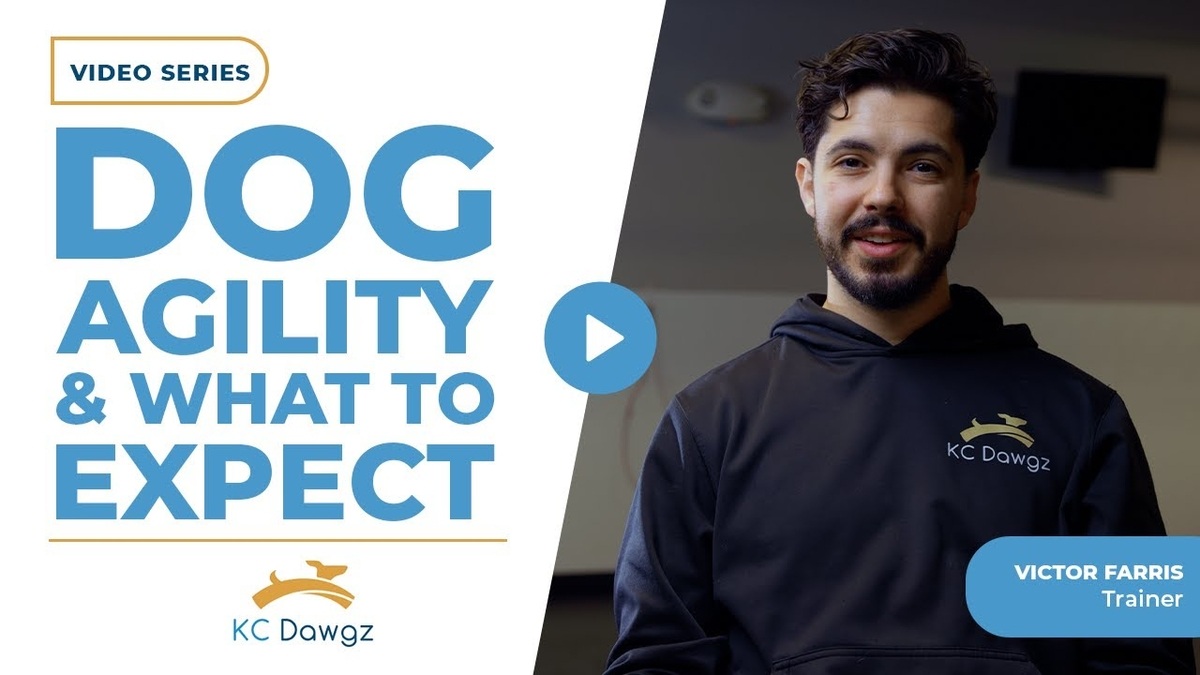Does your dog become tense or defensive during mealtime—growling, snapping, or guarding their bowl? Food aggression is a behavior issue that many dog owners face, but it’s something that can be managed with the right approach. Understanding the root causes is key to creating a safer and more positive mealtime experience for both you and your dog. In this guide, we’ll break down what food aggression is in dogs, why it occurs, and the steps you can take to address it effectively.
What is Food Aggression?
Food aggression is a form of resource guarding in which a dog becomes defensive over their food. It may present itself in various forms such as growling, snapping, or physically guarding the bowl. It’s important to understand that food aggression doesn’t mean your dog is inherently aggressive—it’s often a response to a perceived threat of losing a valuable resource.
Many dogs develop food aggression because they think their food will be taken away from them. Understanding the root of this behavior can help guide how we approach solving it. Rather than focusing on dominating the dog or forcibly taking food from them, we can use methods that reinforce positive behaviors around food.
Steps to Stop Food Aggression in Dogs
If your dog is displaying food aggression, it’s important to take steps to safely manage the behavior. Here are several practical methods we can use:
1. Hand Feeding
One of the best ways to prevent and reduce food aggression is by hand-feeding your dog. Hand feeding allows your dog to associate you directly with their food, building trust and showing them that they don’t need to guard their meals. This is especially helpful if your dog believes that someone will take their food away. By hand-feeding, you create a positive bond during mealtime, where your dog learns that your presence around food isn’t a threat.
2. Teach the Dog to Work for Food
Another effective strategy is teaching your dog to work for their food. You can ask your dog to perform simple commands like “sit” or “stay” before giving them their meal. This way, your dog understands that food is a reward for good behavior, and it shifts their mindset from guarding food to earning it. This structured approach helps reinforce your role as a provider, not a competitor for resources.
3. Use the Trading Up Method
The “trading up” technique is a great way to address food aggression without triggering defensive behaviors. Instead of taking food from your dog, offer them something of higher value—like a treat or favorite toy—in exchange for the food they are guarding. This teaches your dog that giving up their food isn’t a loss, but rather an opportunity for a better reward. Over time, this helps reduce the anxiety or fear surrounding their meals.
Intervention and Management
When dealing with food aggression, safety should always be the top priority. It’s essential to understand how to safely intervene and manage your dog’s aggression without escalating the situation. One of the most important things we can do is avoid confrontation—don’t try to dominate your dog or take food away forcefully. This can often worsen the problem and increase the dog’s stress levels.
1. Seek Professional Help
If food aggression is severe, it’s always a good idea to consult a professional dog trainer or behaviorist. A trained expert can evaluate the situation, recommend personalized strategies, and guide you through the process of managing the aggression effectively. Professional support is particularly helpful if the aggression involves biting or other forms of intense guarding behavior.
2. Avoid Punishment
Using punishment to address food aggression can backfire. Your dog may start associating mealtime with fear or anxiety, which can increase their aggressive tendencies. Instead, focus on reinforcing positive behaviors with rewards, calm energy, and patience. The goal is to build trust, not instill fear.
Teaching Your Dog to Give Up Resources
A key step in stopping food aggression is teaching your dog that giving up their resources is a good thing. Dogs often perceive their food as a valuable possession, and taking it away abruptly can create anxiety. Instead, gradually train your dog to give up food willingly by associating the act with a positive outcome.
Steps for Teaching Resource Giving:
- Start with Lower Value Items: Begin with items your dog is less attached to, like a toy they don’t guard. Offer them a treat in exchange, then return the item.
- Progress to Higher Value Items: Once your dog is comfortable trading lower-value items, move on to higher-value objects like their food bowl. Remember to offer something even better than what they’re guarding.
- Consistency is Key: Repeated positive interactions will help solidify the behavior. Your dog will eventually understand that giving up food or toys leads to something better, reducing their desire to guard them.
In Summary
To stop food aggression in dogs, it takes patience, understanding, and the proper techniques. By using methods like hand feeding, teaching your dog to work for their food, and applying the trading-up method, you can alleviate their fear of losing food and strengthen your bond with them. Always prioritize safety, and consider seeking professional help if necessary.
If you’re facing challenges with food aggression in your dog and need expert guidance, contact us today. We’re here to help you and your furry friend build a happier, healthier relationship.
